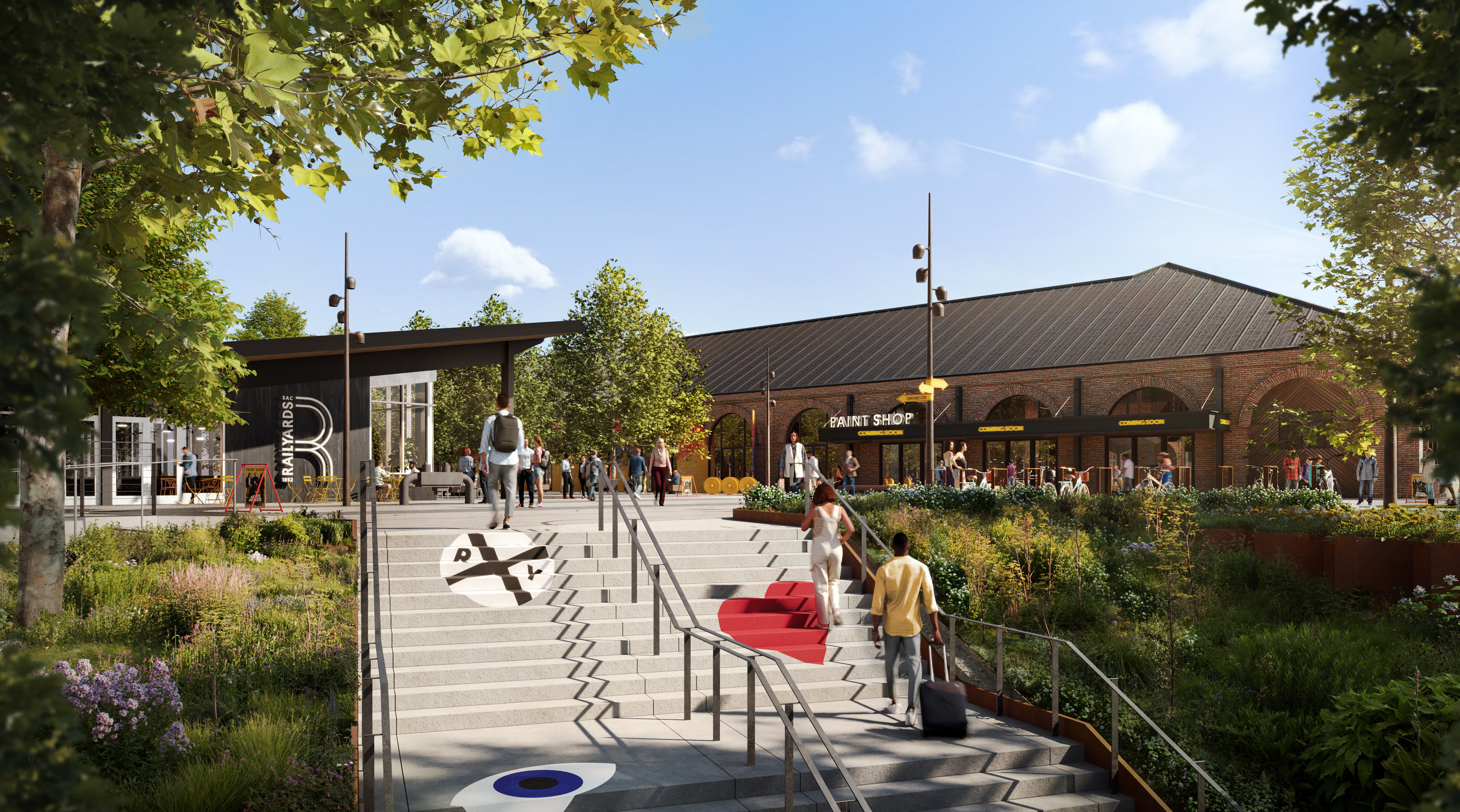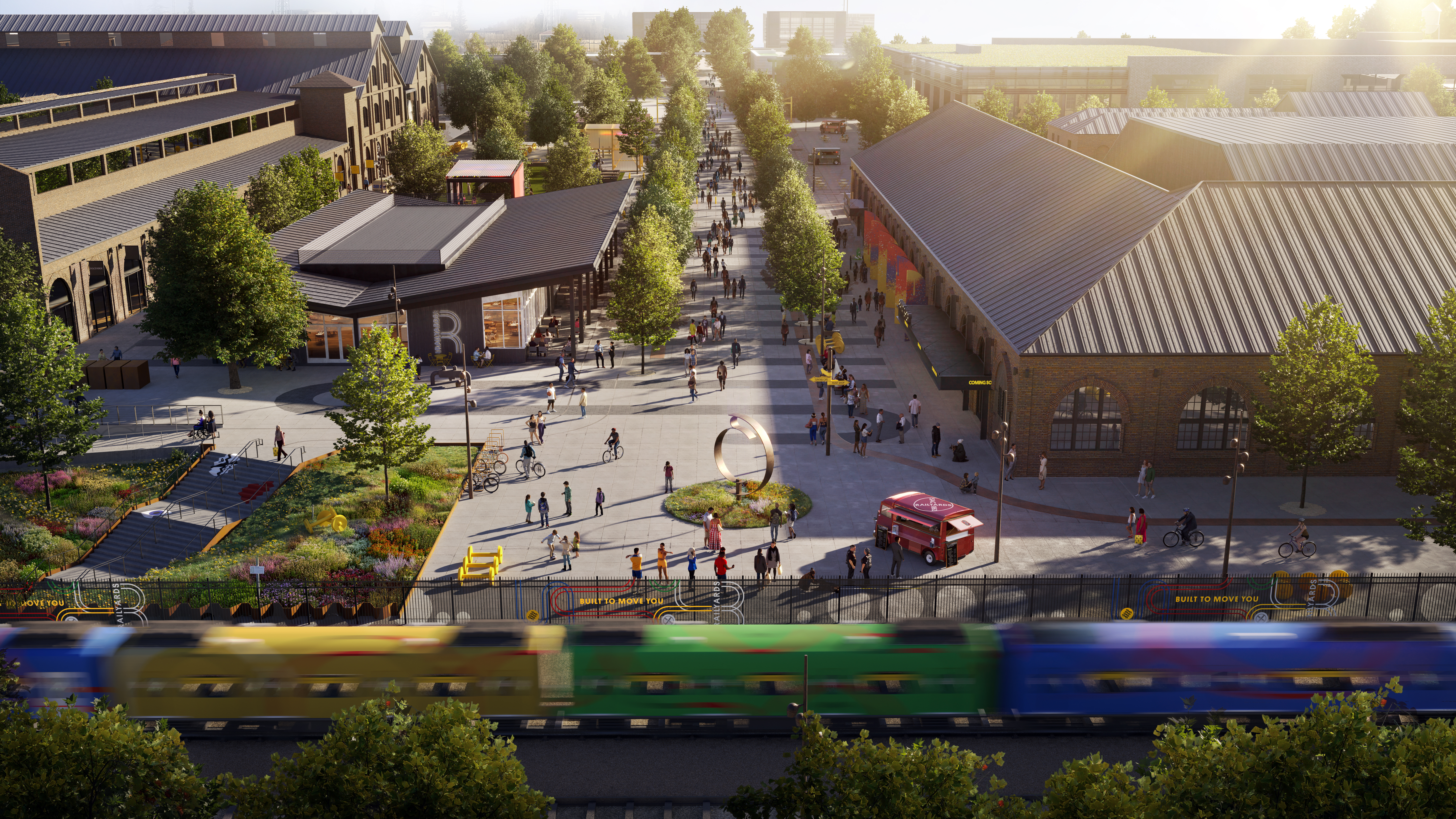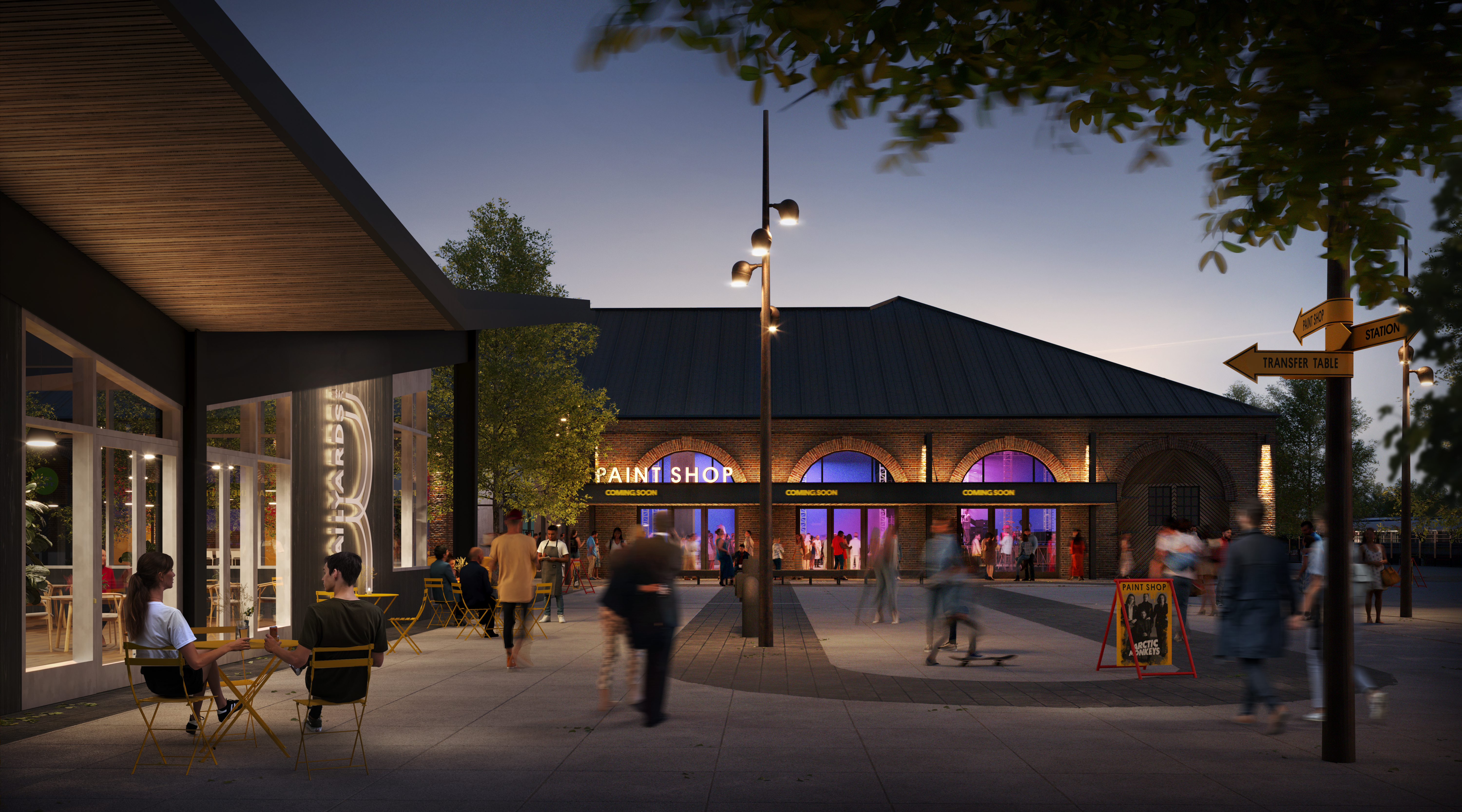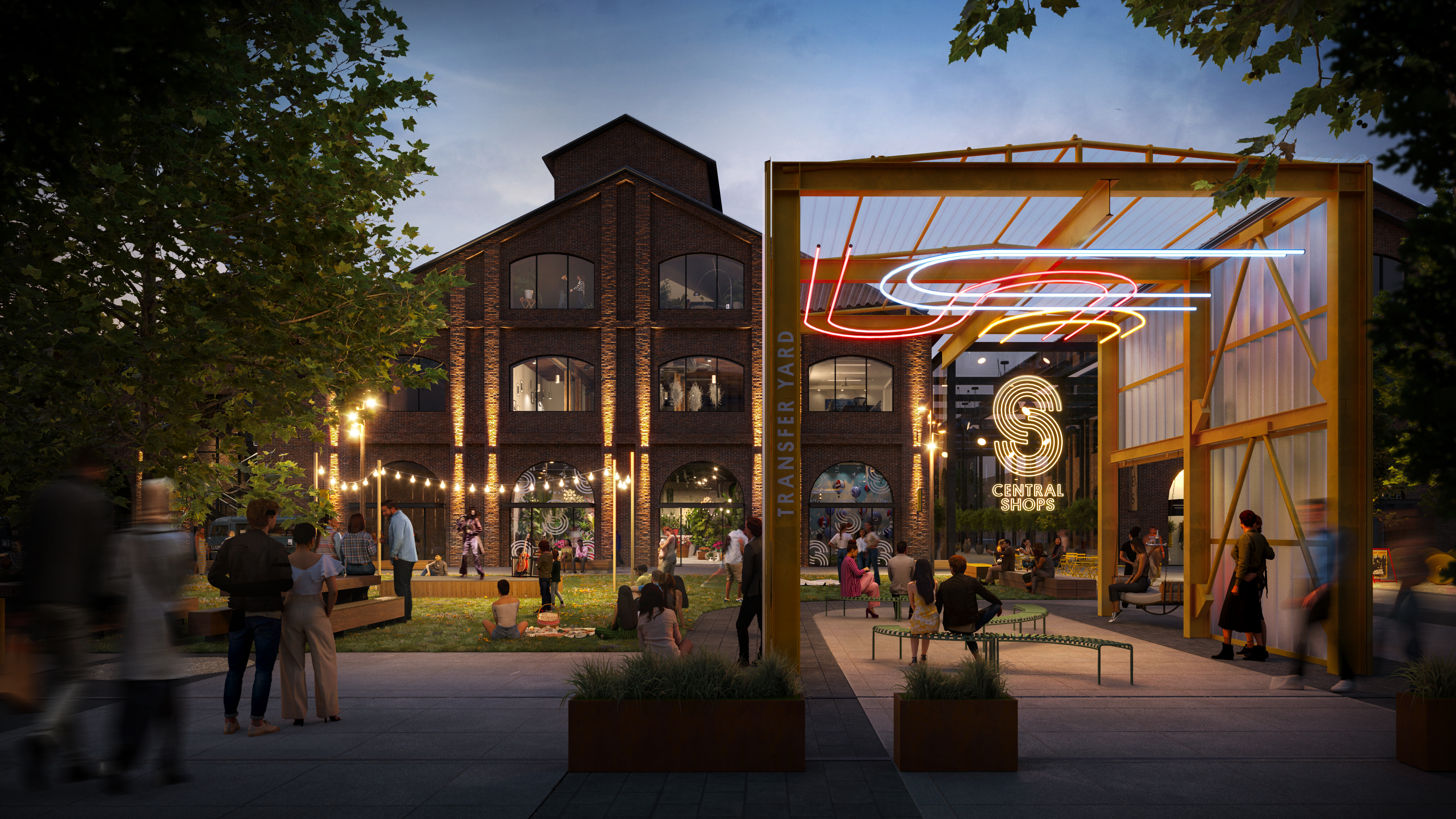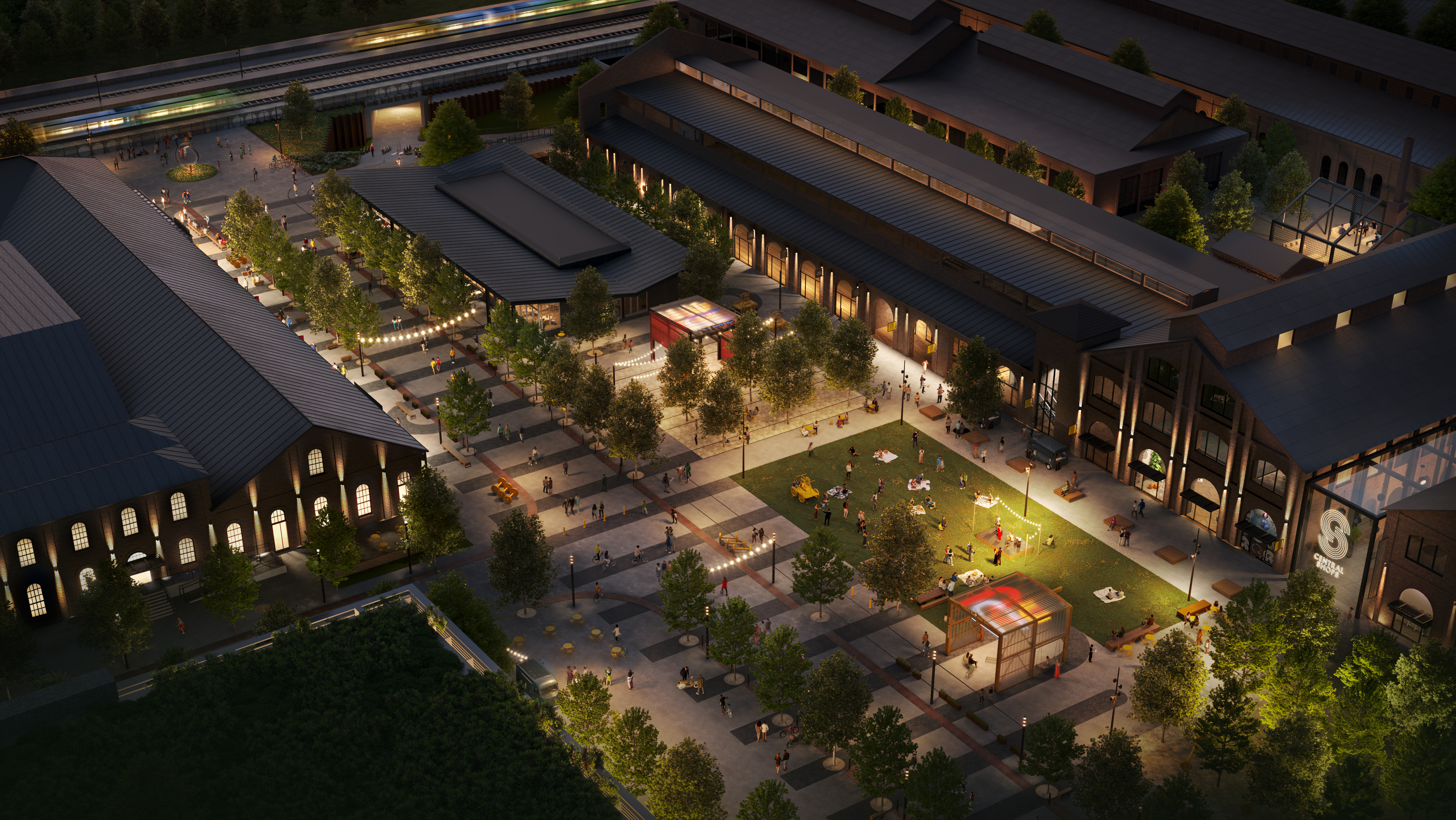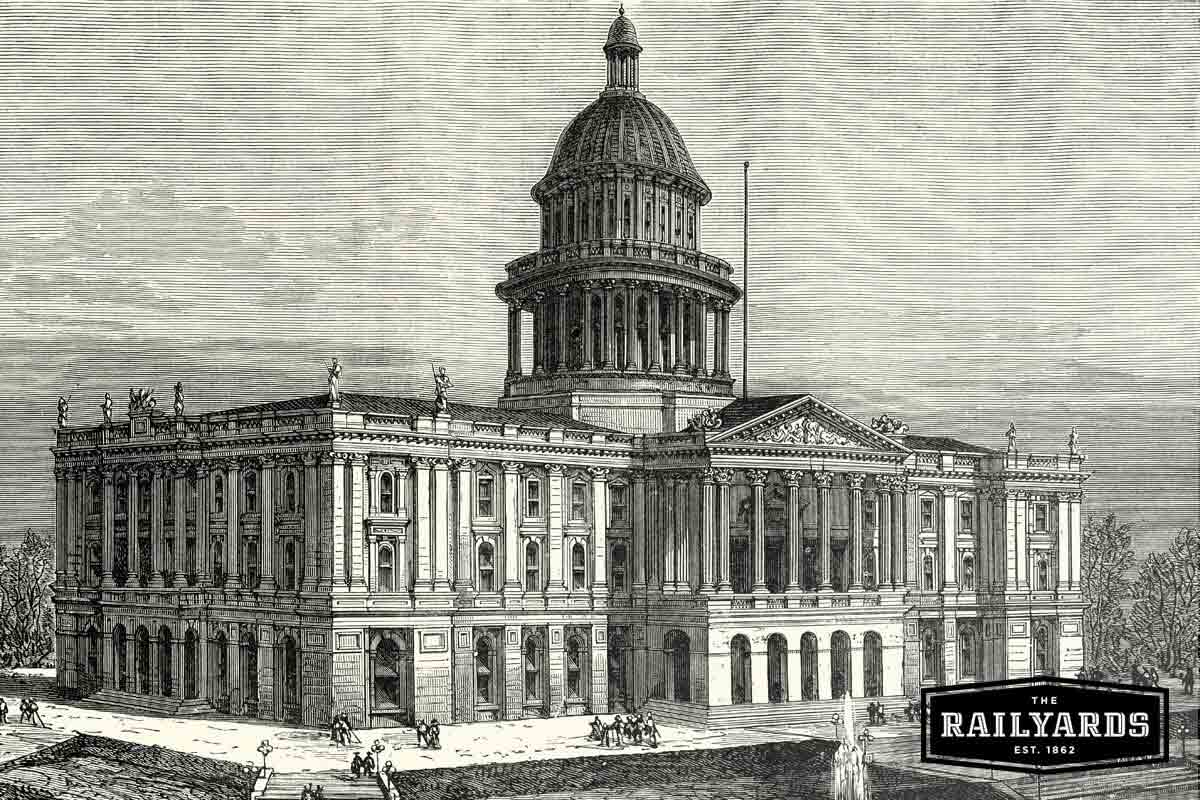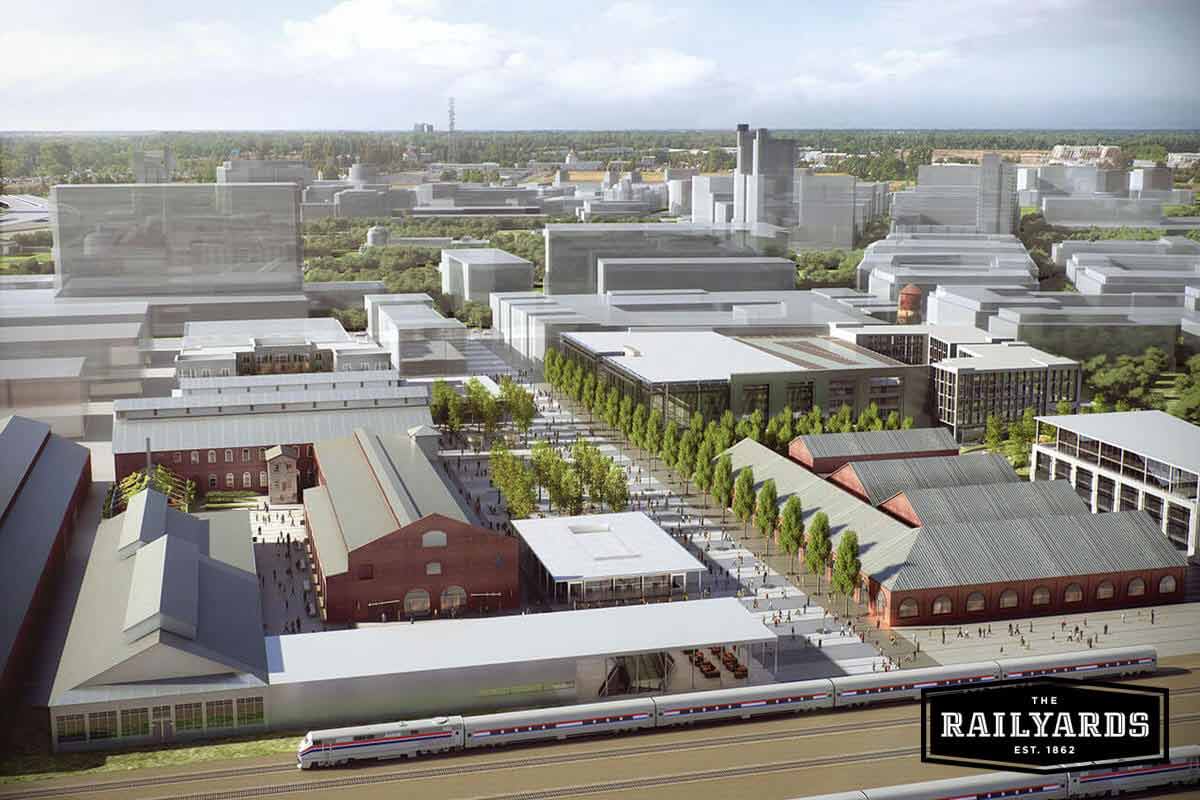
September 21, 2018 / Author: the Railyards
Affordable housing is a crucial issue facing all Californians. Find out how state and local policymakers are bringing affordable housing to Sacramento.
Building affordable housing - and getting cities and localities to permit its construction - is no easy endeavor. But California is tackling the issue on both state and local levels.
This year California passed an affordable housing bill and Sacramento Mayor Darrell Steinberg put forth his own plan to bring more affordable housing to the region.
Addressing Affordable Housing on State and Local Levels
There is no one-size-fits-all, quick-fix solution to addressing California’s housing challenges. It will take coordinated efforts from state and local entities as well as developers.
Increasing the housing supply is the primary objective policymakers are focusing on across all levels.
Adding to the supply of affordable housing for all income levels can be achieved by reducing the time and cost of development, such as streamlining permitting processes, planning better land use, and increasing opportunities for infill developments.
According to HUD, most of the potential options for long-term successful housing policies fall into one of three broad categories:
- Reforming land use policies to advance affordability, sustainability, and equity.
- Addressing housing and access needs for vulnerable populations through greater inter-agency coordination, program design, and evaluation.
- Investing in affordable home development and rehabilitation, rental/ homeownership assistance, and community development. Here’s how California and Sacramento policymakers propose to do that.
SB35 to Bring More Affordable Housing to California
On January 1, 2018, California’s affordable housing bill SB35 became law. State Bill 35 aims to help speed up housing development in California by streamlining the approval process for infill developments with 10% or greater affordable housing.
If developers meet all existing residential and mixed-use zoning laws, they can skip a review process that involves city council votes, court challenges, and environmental impact reports - a process that can take years.
California’s bill isn’t the first of its kind. It’s similar to a Massachusetts affordable housing bill that’s been in effect for over five decades.
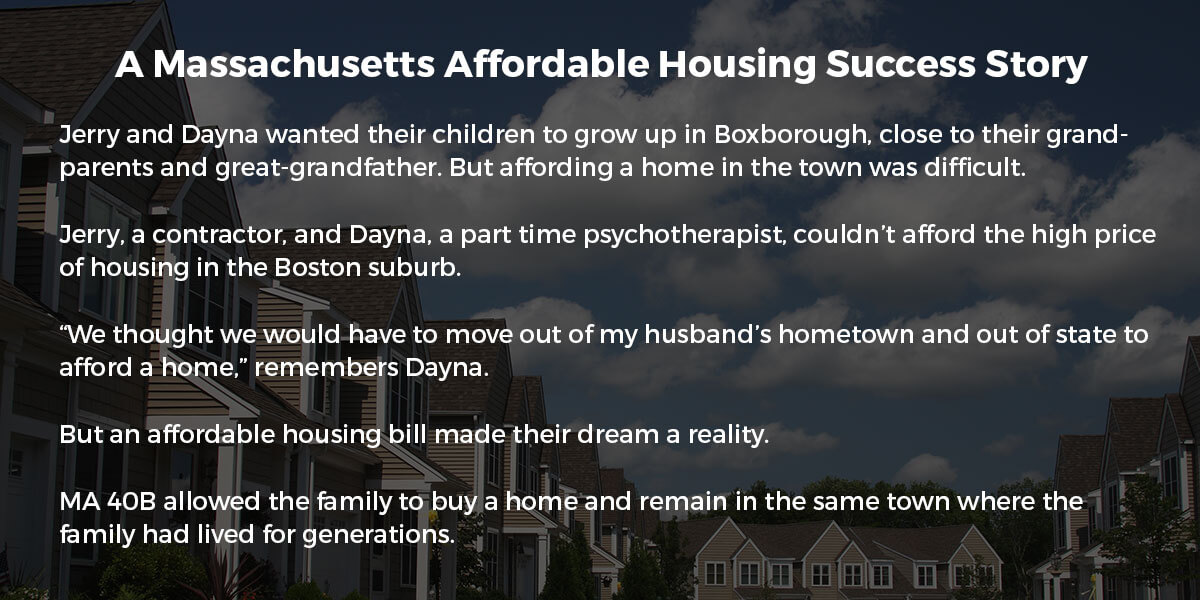
Not all California cities instantly qualify for the streamlined process outlined in SB35, but most do. SB35 is meant for jurisdictions that haven’t met a regional housing needs target. At this time, only 12 cities/counties have legally satisfied housing expectations.
California’s Housing Challenges
California needs at least 1.8 million new homes to address household growth through 2025, or approximately 180,000 new homes annually, according to the California Department of Housing and Community Development (HUD).
For the past 10 years, the State has averaged less than 80,000 new homes annually, falling far short of the 180,000 goal. No region has built enough housing to meet its needs.
The divide between housing constructed compared to housing needed is especially glaring for lower income households and in “disadvantaged communities”.
Barriers and constraints such as lengthy development reviews, lack of certainty on local levels, and local opposition, can impact the type, quantity, and location of housing built, and delay or even prevent new construction from happening.
Often, local governments do not permit enough housing to meet the demand.
Housing costs can be a big factor in the ability of a family to stay in or migrate to California. According to the U.S. Census Current Population Survey, those moving out of the State listed housing as one of the most common factors, behind only family and job concerns.
How is Sacramento Addressing Affordable Housing?
Sacramento is taking steps above and beyond SB35 to ensure that affordable housing becomes a reality in the region. In September 2018, Sacramento Mayor Darrell Steinberg presented a proposal to address the housing shortage and stabilize rents in Sacramento.
Steinberg’s proposal imposes a temporary cap of 5% rent increases over the next 3 years for all units over 20-years old.
His proposal also includes a 25% reduction in plan review time and to streamline housing production for shovel-ready sites, infill condominium projects, and mixed-income and affordable housing projects.
“We have a responsibility to make sure we don’t stifle economic growth in the city and at the same time we help the people that are hurting,” Steinberg told city council members. “If we can’t figure this out together, we aren’t working hard enough."
Steinberg pointed out some opportunities to get more inventory into the area, such as facilitating the development of bungalow courts - middle income, market-rate housing type involving multiple small cottages on a single parcel, as well as alternative housing types such as tiny homes and conversion of under-utilized office space to housing.
Steinberg isn’t the only one to advocate for alternative housing models. In its report, California’s Housing Future: Challenges and Opportunities, HUD outlines alternative housing types that address home supply and affordability in California, including:
- Manufactured housing
- Community land trusts
- Micro-units
- Tiny homes
- Single-resident occupancy (SRO) dwellings
- Co-housing
- Multi-generational housing
- Accessory dwelling units (granny flats, in-law units)
California Polytechnic State University, San Luis Obispo, was commissioned to evaluate several alternative forms of housing through a series of case studies. The researchers found that:
- Smaller size units reduce the cost of entry to housing.
- There are strategies to cross-subsidize the price of units for low- and moderate-income households by using proceeds from higher-income market-rate units within the same development.
- Regulatory concessions were critical to meeting project goals.
- A project could exceed California building standards (CALGreen) while allowing units to retain greater affordability.
- Locating projects near sites of employment, education, recreation, and services encouraged residents to use alternative modes of travel.
7 Reasons to Make the Move to Sacramento
Find out why Sacramento has been named one of the best big cities to live and fastest growing cities in California.
Sacramento’s Housing Challenges
Sacramento is the fastest growing city in California. The City is the top choice for people fleeing San Francisco County; 46% of respondents say they plan to leave the Bay Area in the next few years.
From 2012 to 2016, an average of 12,500 people in-migrated to Sacramento from the Bay Area to take advantage of Sacramento’s economic growth and lower housing costs.
- The average sales price of a home in Sacramento in 2017 was $395,000.
- Statewide, the highest-cost market is San Francisco with a median home price of more than $1.25 million.
The Sacramento economy is expanding, with total employment at new highs, unemployment at record lows, and an average hourly wage that’s 9% greater than the nationwide average. A February 2018 issue of Sunset Magazine placed Sacramento at the top of its “20 Game Changing Places to Live” in Northern California.
Sacramento is very appealing. But as more people look to call the region home, the demand for housing increases.
New Home Construction
The good news: single-family home construction in Sacramento has been on the rise from 2015 - 2017, with a 20% increase in permits issued in 2017 from the year before.
While the number of new home permits issued is growing, it’s still nowhere near the number of permits issued from 2000 - 2006 during the region’s building boom.
One of the biggest challenges throughout the entire state of California, Sacramento included, is a lack of entry-level housing.
More choices are available for prospective buyers in the “move-up” market, according to Lyon Real Estate, a price range that includes homes priced between $400,000 and $750,000.
Rental Market
High demand for housing and low available inventory can have a big impact on the rental market. When people begin deferring home buying or simply can’t afford to purchase, rents can rise.
The Sacramento rental market is tight, and Sacramento renters experienced a 7% average increase from 2016 - 2017. In some areas, like Carmichael and Arden-Arcade, renters saw a 15% rent increase last year.
CSU students have a significant impact on the Sacramento rental market. Approximately 3% of all renter households in the region consist of students living in off-campus housing. Even though CSU completed a resident’s hall in 2017, it only adds 416 beds to the university’s North Housing Village and is not expected to significantly impact the housing market in the region.
HUD projects demand for 6,800 new market-rate rental units in the next 3 years, with the most demand concentrated in Downtown Sacramento, Elk Grove, Carmichael, and Arden-Arcade.
Rising increases in rental rates and low stock of affordable housing units are the strongest predictors of homelessness. In particular, the proportion of residents in communities who spend more than 30% of their total income on housing is strongly predictive of overall homelessness rates. Addressing Sacramento’s housing challenges is addressing the region’s homelessness challenges, as well.
Sacramento builders are responding to the tightening rental market.
Multi-family construction permits slowed from 2009 - 2016 to an average of 900 units. However, builders are taking action. Last year, 1,125 units were permitted - more than double the 530 units permitted the year before.
Is it enough?
Sacramento is a beacon within the Golden State. The region’s economy, scenic beauty, proximity to Silicon Valley, push for innovation, access to quality education, and affordability compared to other large, metro areas make Sacramento a very attractive place for families and businesses to live, work, and prosper.
As Sacramento moves to implement policies and plans that will address the challenges of affordable housing in Sacramento, it comes even closer to its goal of becoming the Most Livable City in America. Solving the issues of affordable housing will take time and effort on the part of developers as well as local and state policymakers. Other states have shown that it can be done. The question is: will we?


